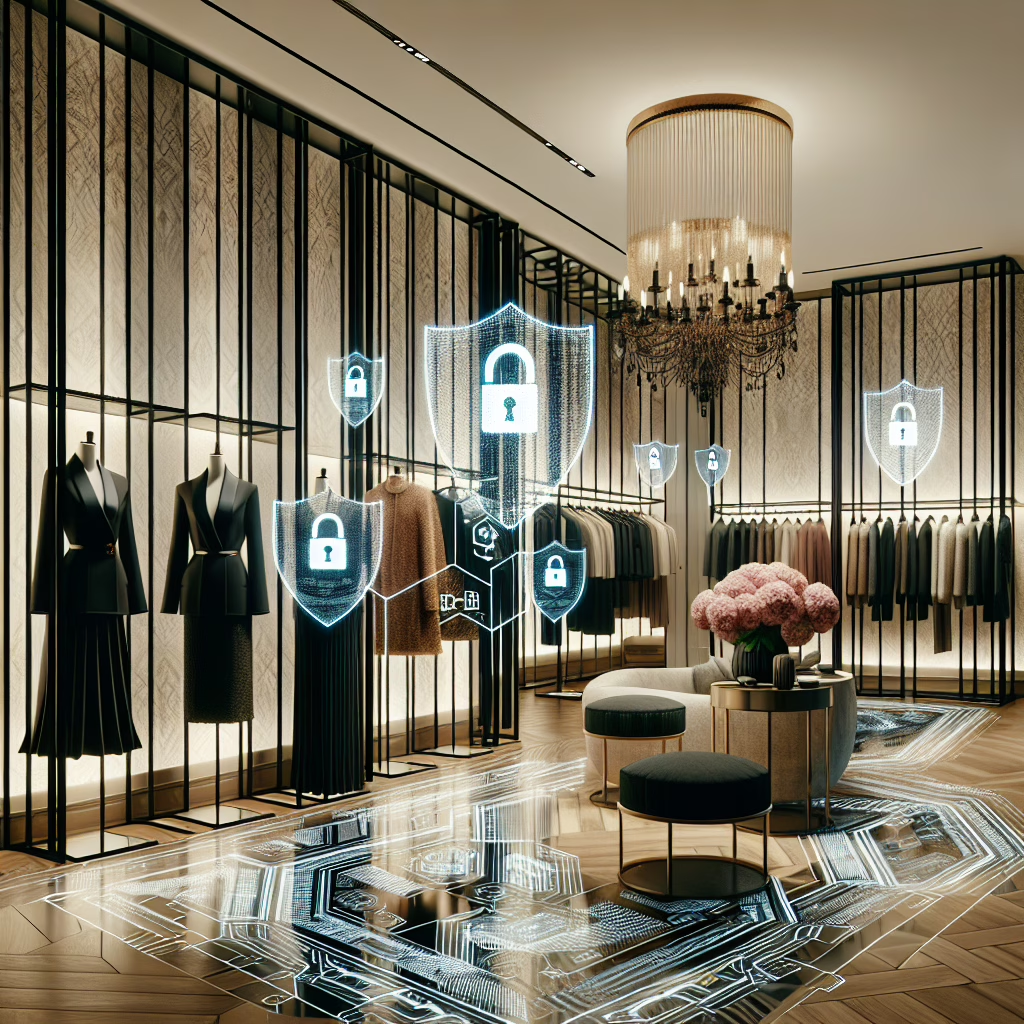Ah, Dior! The name alone conjures images of runway shows, haute couture, and a sprinkle of elegance that even a simple T-shirt can’t compete with. But in 2025, this illustrious fashion brand found itself caught in a less glamorous spotlight—yes, you guessed it: a cyberattack. In this article, we’ll delve into the details of the incident, how customer data was compromised, and what it all means for cybersecurity in the fashion industry.
Dior’s Cybersecurity Catwalk
Imagine strutting down the runway, only to realize your dress has been stitched together with threads of poor cybersecurity practices. That’s essentially what happened to Dior when hackers infiltrated their systems and made off with sensitive customer data. Shocking? Yes! Surprising? Not if you’ve been paying attention to the increasing frequency of cyberattacks across every industry.
The breach reportedly involved unauthorized access to customer records. Personal information like names, addresses, and possibly even credit card details were leaked, leaving many customers feeling as vulnerable as someone trying to navigate a high-fashion event without an invite.
The Details Behind the Glamour
So what exactly happened during this unfortunate fashion faux pas? According to sources, the breach occurred due to vulnerabilities in their digital infrastructure. Let’s break it down:
- Weak Passwords: It seems that some folks at Dior may have thought “123456” was a strong enough password to protect their crown jewels. Spoiler alert: it wasn’t.
- Lack of Multi-Factor Authentication: If you’re not using multi-factor authentication (MFA), it’s like leaving your mansion door wide open while you take a stroll through Paris. It’s just not smart!
- Outdated Software: Keeping your software up-to-date is as crucial as keeping up with fashion trends. Outdated systems can be more vulnerable than a model walking on stilettos for the first time.
In short, Dior’s incident serves as a wake-up call for all businesses. Whether you’re selling high-end handbags or low-cost accessories, cybersecurity should be at the top of your to-do list.
Fashionably Late to Cybersecurity Awareness
Now that we’ve spilled the tea on Dior’s cybersecurity missteps, let’s discuss what other brands can learn from this situation. The fashion industry has always been about being ahead of trends—so why not lead the charge in cybersecurity awareness?
- Educate Your Staff: Every employee should know how to spot phishing emails and understand basic security protocols. Think of it as teaching them how to identify fake designer handbags!
- Invest in Cybersecurity Training: Just as models undergo training for runway walks, staff should receive regular training on cybersecurity measures and best practices.
- Regular Audits: Conducting frequent security audits is essential. They help identify weaknesses before hackers do—and trust us, hackers are always lurking around like paparazzi.
The Aftermath: Customer Trust and Brand Image
The fallout from such incidents often extends beyond immediate financial losses. For a brand like Dior, which prides itself on luxury and exclusivity, maintaining customer trust is paramount. A breach can tarnish that image faster than last season’s styles go out of fashion.
Customers expect their personal information to be handled with care—after all, they’re not just buying products; they’re buying into a brand ethos that promises safety alongside style. If that promise gets broken, they might just decide to take their business elsewhere—perhaps to a competitor who can keep their data safe as securely as they store those fabulous dresses.
The Silver Lining: Opportunities for Improvement
While it’s easy to frown upon such events, there is always a silver lining! Cyberattacks can serve as a catalyst for brands to enhance their security measures significantly. Here’s how:
- Upgrade Systems: Using modern technology not only improves security but also enhances customer experience—think smoother transactions and better service!
- Create Transparency: Brands should communicate openly with customers about how they are safeguarding their data post-breach. Customers appreciate honesty—it’s like receiving an apology note after forgetting their anniversary.
- Cultivate Loyalty Programs: Implementing or enhancing loyalty programs can help reassure customers that they are valued beyond just numbers in a database.
In conclusion, while Dior’s unfortunate encounter with cybercriminals may seem like a scene straight out of a tragic fashion drama, it offers invaluable lessons for all businesses. As we navigate through this ever-evolving digital landscape, let’s remember: security is not just an IT issue; it’s everyone’s responsibility—from the CEO down to the intern holding the coffee cup!
What do you think about this incident? How important do you believe cybersecurity is for brands today? Feel free to share your thoughts below!
A big thank you to TechRadar for the original insights on this incident!

